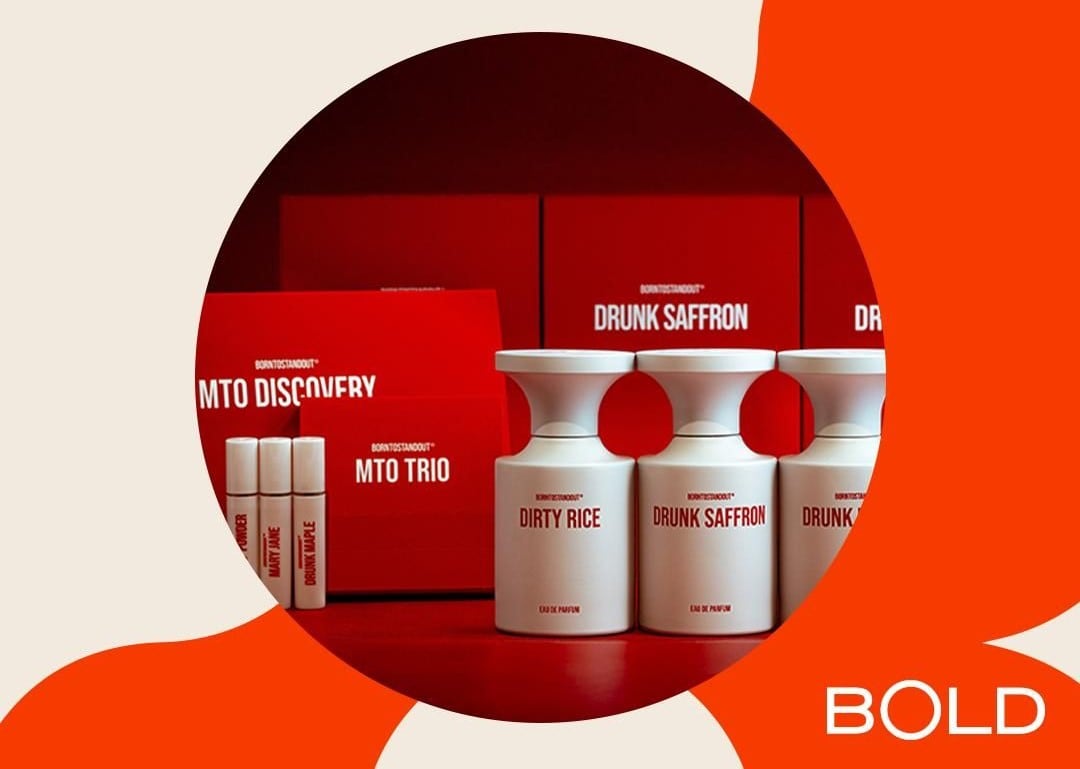Throughout December – known to be one of the biggest sales periods of the year for beauty products – the firm monitored social media, product launches, and traditional media coverage in the UK market for a variety of beauty brands and compared it with the same period in 2023.
Based on these findings, it has shared the top 10 beauty brands overall, as well as by category for colour cosmetics, skin care and fragrance.
What beauty brands are trending overall?
In terms of overall trending beauty brands Charlotte Tilbury topped the list, although the British brand saw a 40% fall in coverage in comparison to the same period the previous year.
Carma’s report noted that a lot of attention was given to the brand’s Matte Revolution Lip Stick, as well as its Airbrush Flawless Setting Spray, despite this product being recalled in early December.
In second place came Huda Beauty, which saw in surge in popularity after its Icy Nude Eye Shadow Palette and Easy Bake Loose Baking & Setting Powder both saw widespread mentions on social media – with the latter seeing a 75% increase of mentions compared to December 2023.
In third place came L’Oréal Paris, followed by Christian Dior Parfums, e.l.f, Armani Beauty, Yves Saint Laurent Beauty, NARS, MAC and Maybelline.
The report noted how Maybelline New York, Huda Beauty, and Giorgio Armani had seen the most growth in comparison to last year thanks to viral influencer campaigns.
Which brands are trending in colour cosmetics?
In terms of colour cosmetics, many of the brands mentioned above featured in the top 10.
Charlotte Tilbury also topped this list, followed by Huda Beauty, then e.l.f., Nars, MAC, Maybelline, Fenty Beauty, Armani Beauty, L’Oréal Paris, and Yves Saint Laurent Beauty.
The report said that Maybelline, Huda Beauty and e.l.f. all boosted their social media mentions in December 2024 “dominating sector growth through effective engagement with influencers.”
Maybelline’s substantial increase in mentions was led entirely without traditional media, which fell 16% for the brand year-on-year. Its Lash Sensational Sky High Mascara was heavily featured in makeover social media content, specifically TikTok, driving a 124% increase for the brand in this sector.
The findings show that TikTok’s algorithm and live sales feature, TikTok Shop, played a key role in boosting Maybelline’s sales.
Similarly, Giorgio Armani experienced a rise in engagement and its newly launched Prisma Glass Lip Gloss, accounted for 13% of the brand’s total social media coverage. Meanwhile its Luminous Silk range drove 38% of Giorgio Armani’s total coverage.
Which brands are trending in skin care?
Elemis came in as the number one brand in the skin care category, followed by Tatcha in second place, then Rhode, CeraVe, Drunk Elephant, Medik8, The Ordinary, la Roche Posay, Charlotte Tilbury and Garnier.
Tatcha and CeraVe saw a lot of growthg, as both saw their hero products highlighted by experts ahead of Black Friday.
Tatcha’s Dewy Skin Cream dominated the brand’s mentions on both social media and online – making up 36% of its coverage on social media after being featured across multiple Christmas product lists.
Meanwhile CeraVe’s Hydrating Cleanser was repeatedly recommended by experts and doubled in volume in terms of mentions year-on-year, said the report.
Which brands are trending in fragrance?
Jo Malone London led the fragrance sector, despite a slight decline in popularity in comparison to the year before.
The Kattan sisters’ Kayali brand came in second place, then Yves Saint Laurent Beauty, followed by Diptique Paris, Neom Organics, Christian Dior Parfums, Chanel, Creed, Tom Ford and Prada.
Carma noted that Prada achieved the highest growth by far out of all of the brands. Its Paradoxe scent continued to be its most visible product and saw its year-on year news and social mentions increase by 88% and 517% respectively. The latter was due to a paid influencer campaign.
Yves Saint Laurent’s Black Opium increased in news volume by 147% due to a surge in affiliate link and PR-driven reporting, said the report. Much of this media and social media attention focused on its eco-friendly refill.
The role of social media vs traditional press in marketing
Account director for FMCG, luxury, and beauty at Carma, Leonora Eckley, noted how products such as Maybelline’s Sky High Mascara have exploded in popularity thanks to TikTok.
“This kind of growth shows the immense potential for brands that leverage social media strategically,” she said. “Those looking to replicate this success should focus on engaging content, influencer collaborations, and e-commerce integrations for sales.”
Eckley also highlighted the differing roles between social media and the traditional press to explain how both are instrumental to marketing.
“Yet at the same time, it is fascinating to see how traditional press has evolved into a more strategic marketing tool, with PR efforts through traditional media allowing for deeper storytelling and giving brands the space to build a narrative, taking consumers on a journey,” she continued.
“While social media moves fast, driving high-frequency engagement and instant sales, traditional media plays a different role, offering depth and a narrative that can shape a brand’s long-term identity,” she said.
“The beauty industry is finding a balanced, hybrid approach, using both social media virality and traditional media strategies to build strong and lasting storytelling and narratives.”




